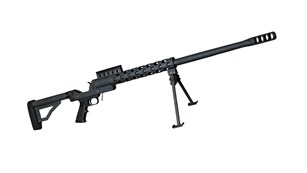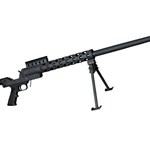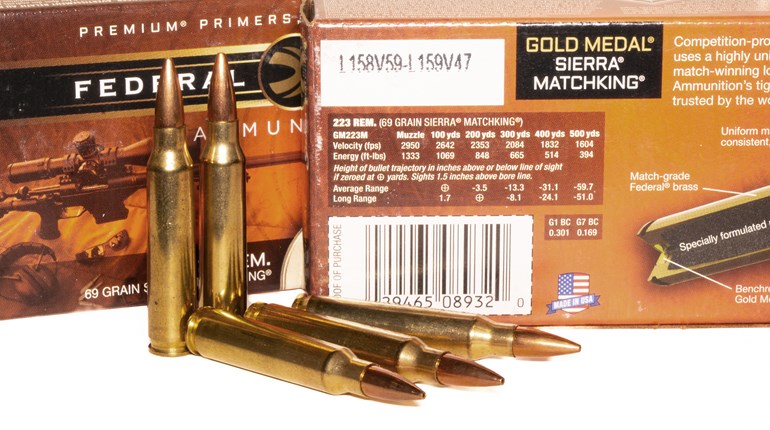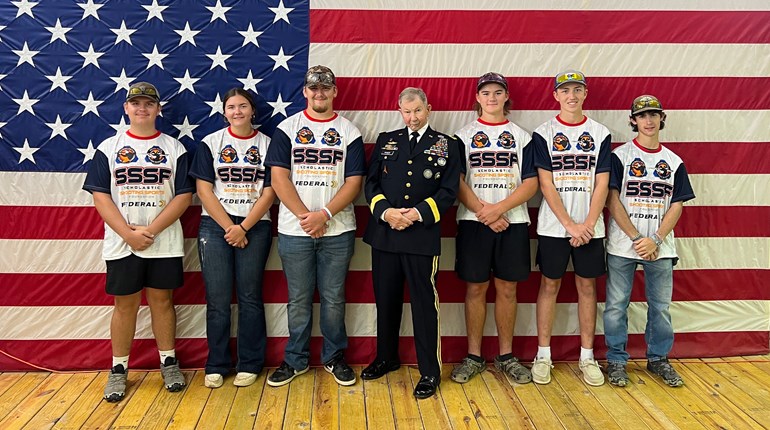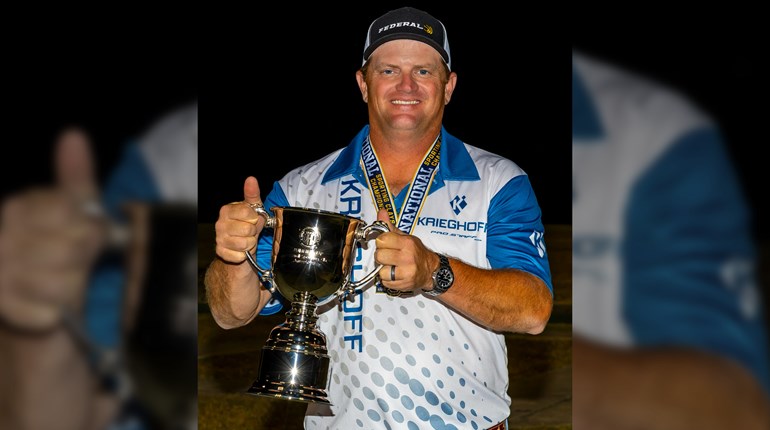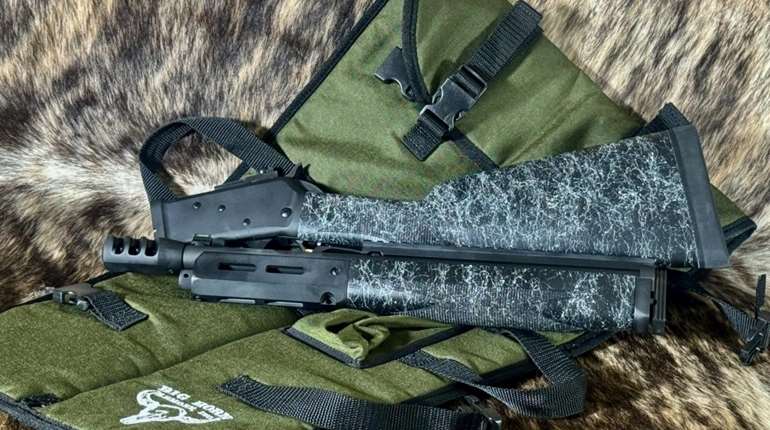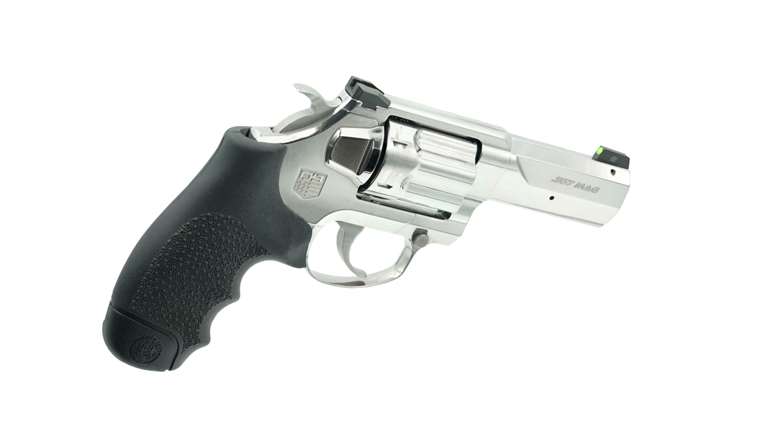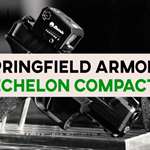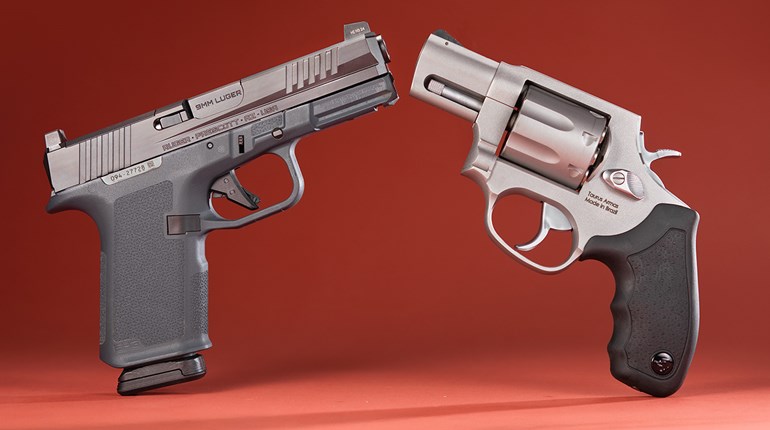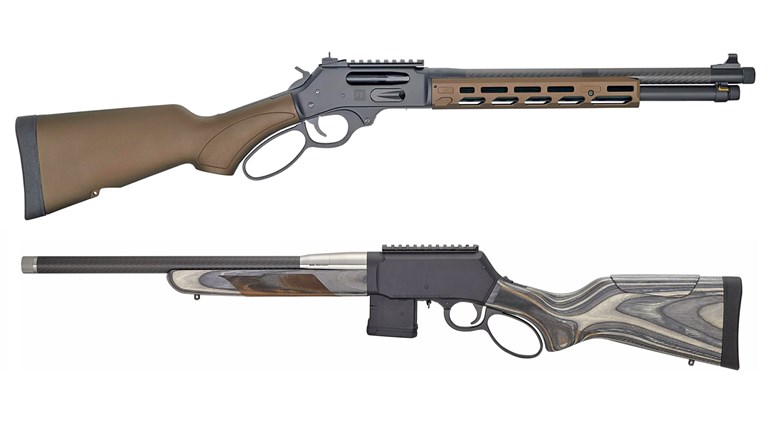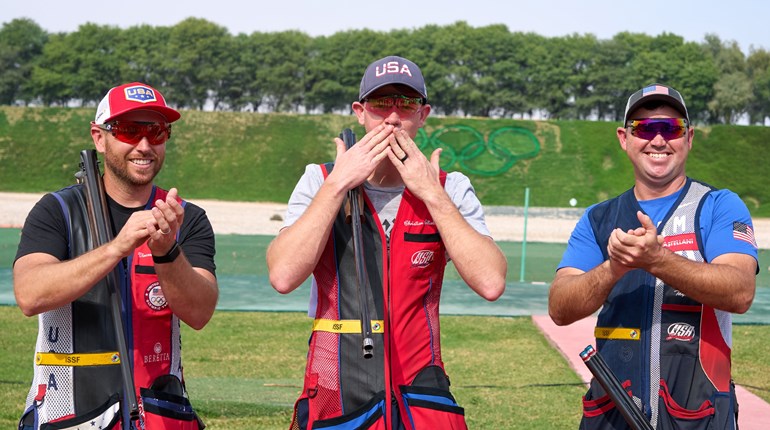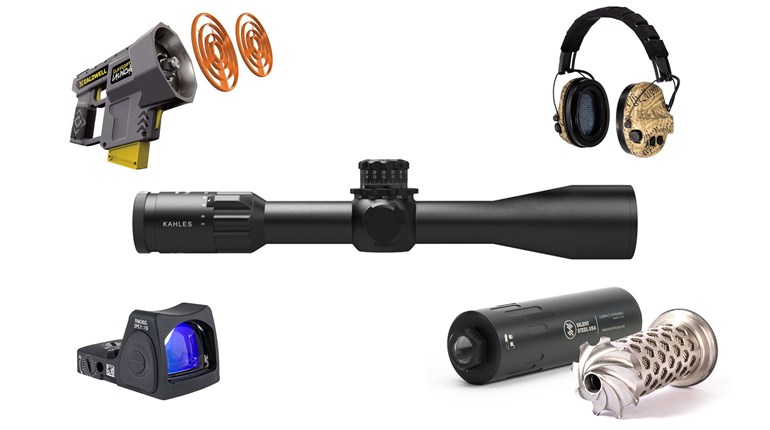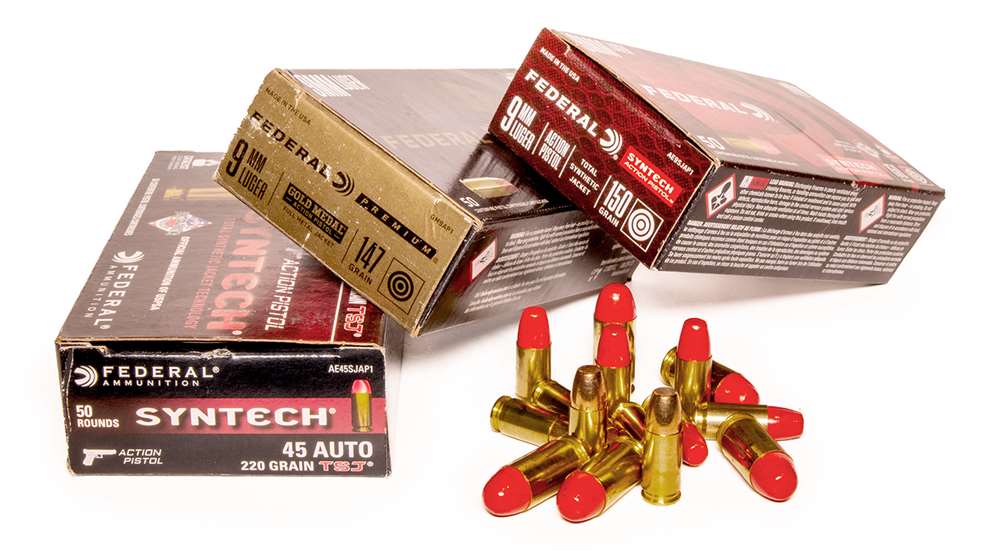
Federal’s new Action Pistol offerings are precision-engineered for the Byzantine regulations of action-shooting sports and their various power-factor classes.
This is not a guide for either IPSC or IDPA competitive shooting. Rather, the forthcoming is about power factor, how it differentiates cartridges in competition by external ballistics and if it is a practical and/or equitable approach to cartridge effectiveness or recoil. The power-factor concept belongs to Col. Jeff Cooper, who was the founding president of IPSC. He was adamant the .45 ACP should have a scoring advantage surpassing that of the 9mm because he believed it better at stopping fights.
As Bill Wilson explained to me, early on, the IPSC power factor was determined by shooting a swinging steel plate at 10 yards. If the plate moved a certain amount, the gun/load combination made the major power factor. If the pendulum did not move the necessary amount, rules relegated the gun/load to the minor power factor. Noted trainer and firearms expert Ken Hackathorn attended IPSC’s founding conference, held in Columbia, MO, in May, 1976, which Cooper chaired. Hackathorn said the pendulum-shooting test caused problems at matches because a lot of shooters could not hit the plate.
Ultimately, with the availability of chronographs, power-factor determination transitioned to a mathematical calculation. Now, before a match, you must shoot your handgun, with the ammo you are going to use in the competition, over a chronograph. A safety officer then multiples the weight of your bullet (in grains) by its muzzle velocity (in fps) and then divides the product by 1,000. In IPSC, you score hits with a major power factor gun/load differently than hits with a minor power factor gun/load. A-Zone hits receive five points, regardless. But B-, C-, and D-Zone hits with a major load get an extra point. In IDPA competition, each competitive category has a minimum power factor, so you score all hits the same, which seems to make a lot more sense to me.
Oddly, competitors today look at power factor as more of a way to level the playing field due to recoil. Times and opinions change, but that was not the original purpose of the power-factor concept. Regardless, let’s examine power-factor requirements and how they might apply to the real world. To keep things simple, let’s focus on IPSC, where a 9mm would have to shoot a 124-grain bullet at 1,009 fps to make minor, and a .45 ACP would need to push a 230-grain bullet at 740 fps to make major.
The question is, how might a minor 9mm load and a major .45 ACP load compare in a real-world defensive shooting, which was initially what IPSC was supposed to emulate? A 124-grain Golden Saber +P load for the 9mm at 1,150 fps will generate 364 ft.-lbs. of kinetic energy with a power factor of 142.6, making minor. Out of a 29-ounce pistol, it will have a recoil force of 4.81 ft.-lbs. A .45 ACP shooting a 230-grain Nosler ASP bullet at 820 fps will generate 343 ft.-lbs. of kinetic energy with a power factor of 188.6, making major. Out of the same-weight pistol it will generate 8.77 ft.-lbs. of recoil.
… competitors today look at power factor as more of a way to level the playing field due to recoil. Times and opinions change, but that was not the original purpose of the power-factor concept.
But, here’s where things get interesting. Tested in 10-percent ordnance gelatin, the 9mm load will penetrate 16 inches and has a recovered diameter of .652 inch, making the crush cavity 5.34 cubic inches. The .45 ACP load has less kinetic energy and will penetrate 14.5 inches with a recovered diameter of .605 inch, and a crush cavity of 4.09 cubic inches. From the standpoint of terminal performance, the .45 ACP load has no advantage, but from the same-weight pistol it does recoil with 48-percent more energy. Based on my testing with multiple experienced shooters, due to the reduced recoil, the 9mm will have a speed advantage of about 12 percent.
Though it recoils substantially less, with the modern munitions we have today, penalizing the 9mm seems ridiculous. For some time now, we’ve known you cannot effectively categorize the terminal effectiveness of defensive-handgun cartridges through external ballistics alone. To me it seems just as unreasonable to reward the .45 ACP shooter because their pistol kicks harder. After all—since it’s still a mostly free country—they could shoot a 9mm, too.
Make what you will of all that, but none of it changes the rules, and if you’re going to play the game you gotta follow the rules. In that vein, Federal has created a line of ammo specifically engineered for use in handgun competitions. Its Syntech Action Pistol ammo line is the official ammunition of the USPSA. Federal has optimized its Syntech and also Gold Medal Action Pistol ammo in 9mm, .40 S&W and .45 ACP to meet power-factor requirements.
I recently tested three of these loads to see what power factor they might meet when fired from various barrel lengths. All the 9mm loads easily exceeded a power factor of 125. The only load you might call a failure was the .45 ACP 220-grain Syntech load fired from a 4.25-inch-barrel pistol. It would not make 170 Major power factor in the IPSC Standard and Modified division—at least out of the test pistol—but it would meet the 165 power-factor requirement for the Custom Defensive Pistol division in IDPA. Muzzle velocities can, of course, vary from gun to gun, but this does give you a glimpse of what you might expect from the Action Pistol ammunition line.
If you want to play the competitive-handgun game, it’s important to show up with ammo that will make the cut, regardless of whether that has any practical meaning in the real world. If you find yourself in a gunfight, there are no rules to say you’ll be shooting against a similarly armed opponent. Hits made first—in the right spot—will be what matters most.










